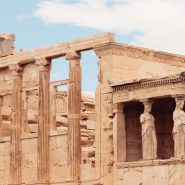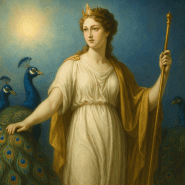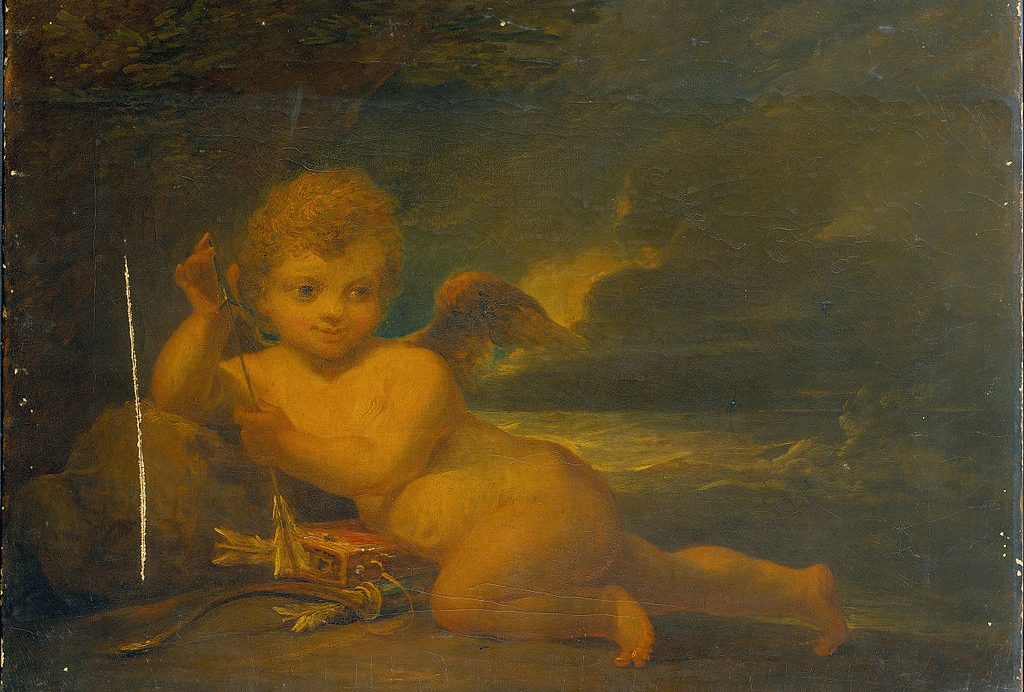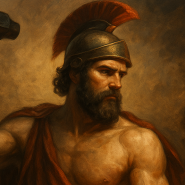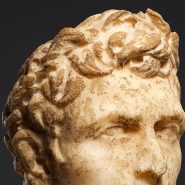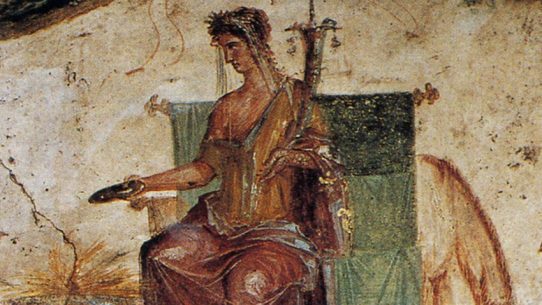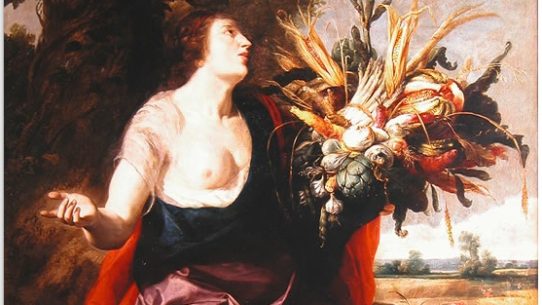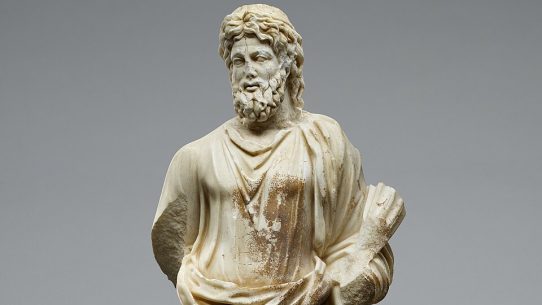Cupid, the Roman god of love and desire, was one of the most recognizable and enduring figures in mythology. Known for his playful mischief and golden arrows, he personified the mysterious power of attraction that binds gods and mortals alike.
To the Romans, Cupid was both tender and unpredictable — a divine child capable of stirring the deepest emotions or wreaking quiet havoc in the hearts of the mighty. Though small in stature, his influence was immense: from laughter and affection to passion and heartbreak, all love moved at Cupid’s command.
Name and Origin
The name “Cupid” comes from the Latin word cupido, meaning desire or longing. He was closely identified with the Greek god Eros but developed his own distinctly Roman character.
While the Greek Eros was often depicted as a primal force of creation, the Roman Cupid evolved into a charming boy with wings and a bow — a symbol of playful affection as well as irresistible attraction.
Over time, he became central to Roman art, poetry, and daily life, representing not only romantic love but also the universal human yearning for connection.
Attributes and Symbols
Cupid was portrayed as a winged boy or young man, armed with a bow and arrows of gold and lead. The golden arrows inspired love, while the leaden ones caused aversion. His wings symbolized the fleeting nature of affection — love’s power to lift hearts and vanish just as quickly. Roses, doves, and torches were sacred to him, representing beauty, devotion, and the flame of passion.
In Roman frescoes and sculptures, he appeared in playful poses, sometimes alone, sometimes accompanied by his mother Venus. His youthful form expressed both innocence and danger: love’s joy entwined with its unpredictability.
Family and Relationships
Cupid was the son of Venus, goddess of love, and often said to be the child of Mars, god of war. This union of love and conflict reflected the paradoxical nature of desire — tender yet fierce, unifying yet disruptive.
In later myths, Cupid fell in love with Psyche, a mortal woman whose beauty rivaled even that of Venus. Their story became one of the most celebrated romances of the ancient world, illustrating the triumph of love over jealousy and hardship.
Together, Cupid and Psyche symbolized the soul’s journey through trials toward divine union, their marriage representing harmony between passion and spirit.
Myths and Stories
The tale of Cupid and Psyche stands as one of the great myths of transformation and redemption. Jealous of Psyche’s beauty, Venus commanded her son to make the mortal fall in love with a hideous creature.
Instead, Cupid fell in love himself and carried Psyche away to a hidden palace, visiting her each night but forbidding her to look upon his face. When curiosity overcame her, she lit a lamp and discovered his divine form — but a drop of oil fell, waking him. Cupid fled, and Psyche was left to wander the world, enduring trials set by Venus.
In the end, Jupiter granted her immortality, and the lovers were reunited in eternal joy. This story reflected Rome’s fascination with love’s trials, teaching that true affection demands patience, trust, and endurance.
Other myths portrayed Cupid as mischievous, delighting in causing both laughter and chaos. He was said to have struck Pluto with one of his golden arrows, making the god of the underworld fall hopelessly in love with Persephone. He teased Apollo by making him fall for Daphne, who fled his advances and was turned into a laurel tree. Through such tales, Cupid reminded mortals and gods alike that no heart — not even divine — was beyond love’s reach.
Domains and Powers
Cupid ruled over desire, affection, and the emotional bonds between beings. His influence extended beyond romance to the love of friendship, family, and beauty itself. He could inspire or undo love with the flight of an arrow, wielding power that transcended strength and reason.
To the Romans, Cupid was not merely a whimsical child but a cosmic force — the spark of attraction that drives all life toward union and creation. His dominion reminded worshippers that love was not weakness but vitality: the heartbeat of the world.
Philosophy and Moral Influence
Philosophers and poets viewed Cupid as both playful and profound. In his mischievousness, they saw the irrational nature of emotion; in his divine lineage, the sacredness of connection. He represented the idea that love is not controlled but experienced — that it humbles gods and elevates mortals alike.
Stoic writers used him to illustrate the power of passion tempered by virtue, while poets like Ovid and Virgil celebrated him as the very soul of beauty and inspiration. Cupid taught that desire, when guided by understanding, leads not to ruin but to transformation.
Temples and Worship
Cupid was often worshipped alongside Venus, sharing her temples and festivals. Shrines dedicated to the pair stood throughout Rome, where lovers made offerings of flowers, incense, and small figurines. His presence was also invoked during weddings and festivals of fertility, such as the Veneralia.
In private homes, statues of Cupid adorned gardens and fountains, embodying affection and harmony. Unlike the solemn gods of war or law, Cupid’s worship was intimate and joyful — a celebration of love’s divine playfulness in everyday life.
Legacy and Cultural Influence
Cupid’s image endured long after the fall of Rome. In Renaissance and Baroque art, he appeared as a cherubic symbol of love, sometimes blindfolded to show love’s unpredictability. His myth with Psyche became a favorite theme for painters and poets alike, symbolizing the soul’s awakening through love.
The modern figure of the Valentine cherub descends directly from him, his arrows now emblems of affection rather than torment. Across centuries, Cupid has remained the eternal reminder that love, though invisible, moves the world more powerfully than any force of arms.
Unique Traditions and Notes
Romans often offered honey, roses, and wine to Cupid as tokens of sweetness and passion.
Newlyweds prayed for his blessing, and lovers invoked him in poetry and letters. He was said to dwell wherever laughter, beauty, and tenderness were found. Even emperors, who ruled armies and nations, feared his arrows — for Cupid’s dominion extended to all hearts.
His mythology continues to echo through language and art, proof that desire, in all its forms, is as enduring as the gods themselves.
Adapted from public-domain materials, including Project Gutenberg and Wikisource.
